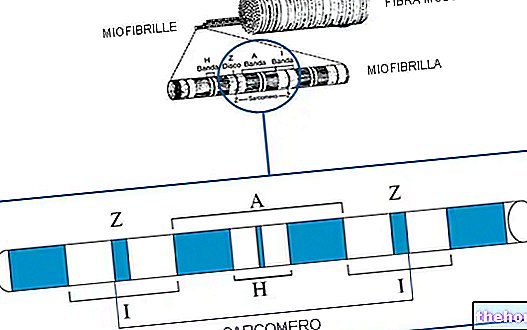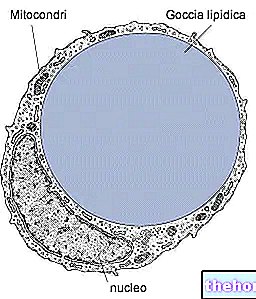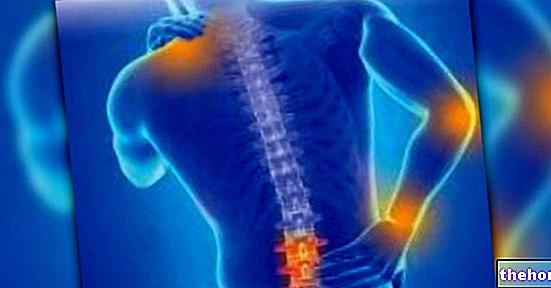Lymph nodes are biological filters capable of intercepting and destroying any germs, foreign substances or neoplastic cells present in the lymph.
Let's briefly recall the main functions of the lymphatic system:
drain the accumulations of interstitial fluids filtered by the capillaries;
convey the fats absorbed in the intestine from the lymph to the blood;
capture and destroy pathogens before they enter the venous circulation.
The tissue lymphatic capillaries flow into increasingly larger vessels, until they merge into two important collectors - the thoracic duct and the right lymphatic vein - which pour the lymph into the venous circulation.
Located along the path of the lymphatic vessels, the lymph nodes appear as small lumps of tissue which, in their most typical form, have the general appearance of a bean. These nodules are delimited by a consistent fibrous capsule, arranged to protect a region. internal part can be divided into three zones: cortical, paracortical and medullary. The internal part of the lymph node is densely populated by special immune-type cells (lymphocytes and macrophages) which in the event of infection multiply rapidly, increasing - sometimes considerably - its volume . Thanks to these cells, the lymph can be effectively purified from the pathogens collected in the interstitial compartment and penetrated there through the mucous membranes or continuous solutions of the skin. For this reason the lymph nodes are more concentrated along the lymphatic pathways draining the skin, connective tissues and the digestive and respiratory mucosa.
In the human body, deep and superficial lymph nodes are distinguished. Rarely isolated, they tend to gather in chains or close groups, forming the so-called lymphocenters or lymph node stations, which take their name from the lymph collection territory (eg axillary lymph nodes).
Cervical
Axillary
Epitrochlear
Inguinal
Poplitee
Parailari
Loin aortic
Internal iliacs
Mesenteric
Under normal conditions, the lymph nodes are not detectable by physical examination, as they are neither visible nor palpable. When they increase excessively in size we speak of adenomegaly, a "spy condition" of a previous or ongoing pathological event. "adenomegaly can be various; on the one hand it recognizes the set of modifications attributable to various infectious diseases (increased blood flow, proliferation of macrophage and lymphocyte immune cells, inflammatory processes, etc.), while on the other, both primary and secondary tumor processes can come into play .
Sentinel lymph node is the first of the glands that drain the lymph coming from the tumor site. The usefulness of its examination in the evaluation of the stage of the neoplastic process and in the adoption of adequate therapeutic strategies has already been demonstrated in various tumoral diseases, in particular for those of the breast and skin (melanoma).
The visual inspection of the superficial lymph node stations, associated with palpation and a general amnesthetic evaluation, provides the doctor with useful elements (shape, size, consistency, displacement, symmetry, localization, characteristics of the overlying skin) to formulate a correct diagnosis and / or direct the patient to more in-depth diagnostic investigations The subject, for his part, should avoid manually stimulating the enlarged lymph nodes, since this maneuver favors the migration of infectious agents to other body regions.






.jpg)









.jpg)











